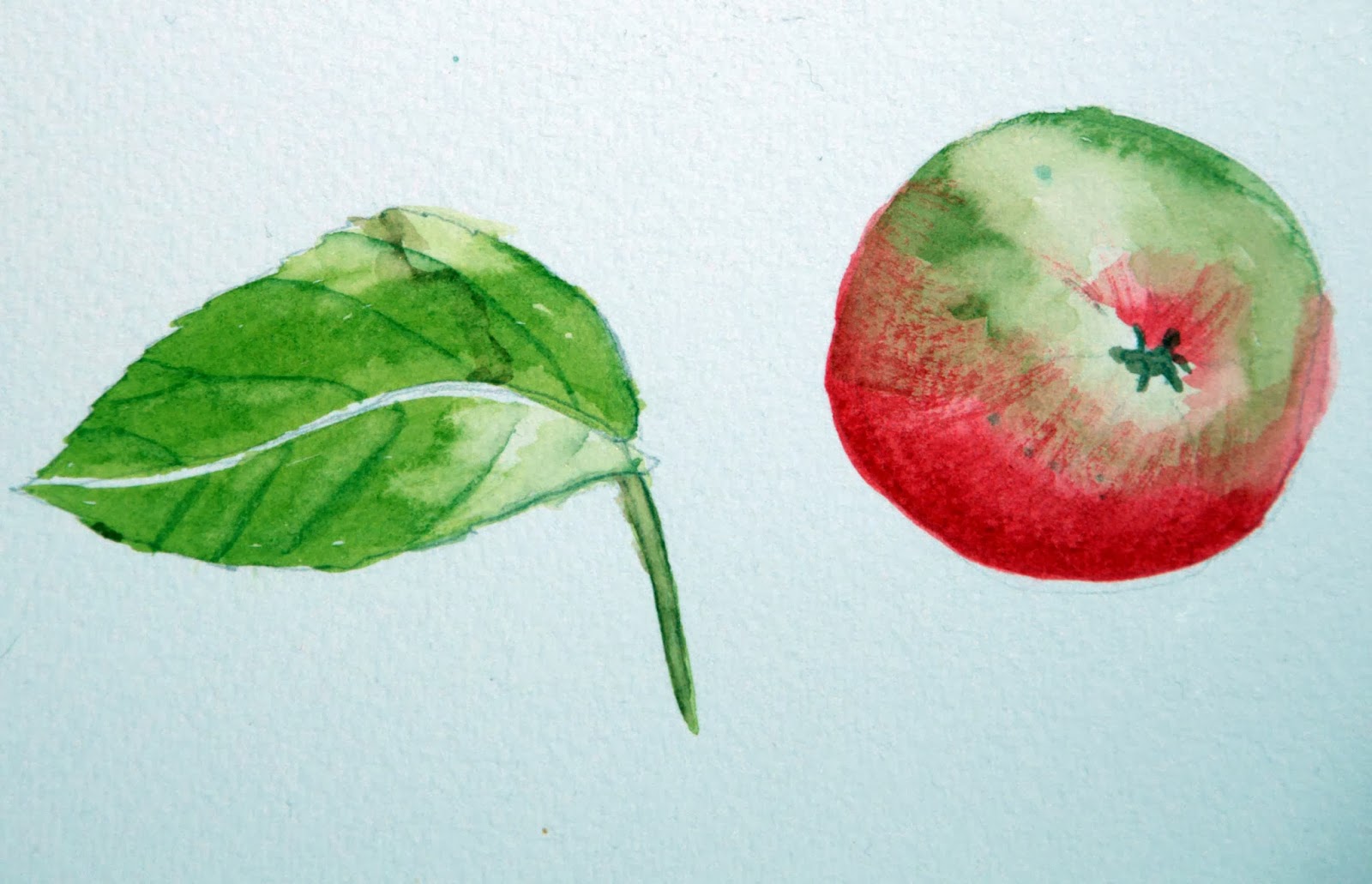By Helen Roberts
Zoe Parfitt is no stranger to the University of Bristol Botanic Garden. When she was just 16 years old, Zoe did a work experience with the Garden. Now, she is the Botanic Garden’s first full time trainee entirely sponsored by the Friends through their Education and Training Fund. I recently caught up with Zoe in the glasshouses to discuss her work at the Botanic Garden, her future career plans and her long-standing interest in orchids.
 |
| Zoe in Rwanda. |
Zoe is a graduate of Writhlington School and was involved with the School’s Orchid Project from the moment she got there at age 11 – in fact, she still has close links with the project. During her time with the Orchid Project, Zoe not only learned a vast amount about orchids, she had opportunities to travel and share her knowledge in different countries, including South Africa, India (Sikkim) and Rwanda. Whilst in Rwanda, Zoe visited local schools to teach orchid conservation and propagation methods.
I asked Zoe if she could show me some of the orchids on display in the glasshouses – including some that were propagated at Writhlington School.
‘I grow a lot of orchids at home,’ explained Zoe. ‘Some of which I have had a long time and are quite rare. In fact, for my interview at the Botanic Garden I took one of my favourite orchids, as I wanted to talk about it. It’s Stelis aprica, an epiphytic orchid that is quite rare with tiny flowers that are no more than 4mm in length, which are probably pollinated by gnats.’
At the Botanic Garden, Zoe looks after the orchids – watering, feeding, repotting, pollinating (which is done with a matchstick) and nurturing sick orchids back to health. She showed me several different species in the ‘orchid hospital’ that are currently being treated for lime scale insects.
‘This is Rhynchostylisgigantea,‘ said Zoe, ‘which I have treated by brushing on its leaves a dilute solution of methylated spirits to kill the lime scale insects. Orchids can be prone to both lime scale insects and red spider mites in the glasshouse environment. They can also be susceptible to fungal infections. It’s important when you water Cymbidium species, for example, that you water directly into the pot and not onto the plant to reduce the risk of fungal infection. Although not all orchids I have seen in the wild are a picture of health. In Sikkim, we saw orchids being eaten by slugs!’
Tips for growing orchids at home
Zoe gave me some useful advice regarding my own orchids at home. They like to be constricted in their pots and should never be over potted. Zoe is involved in potting up any orchids and for this the media used is cork bark, sphagnum and for those that need it more moist, some perlite. It is important that orchids are fed regularly too and in the glasshouses Zoe feeds the orchids once a week in the summer and twice a week in the winter.
 |
| Bifrenaria harrisoniae by Orchi. Licensed under CC BY-SA 3.0 via Wikimedia Commons |
Zoe is currently looking after, re-potting and sorting the Bifrenaria harrisoniae, a species endemic to Brazil, display at the Garden. This species can grow as an epiphyte (living harmlessly on another plant) or as a lithophyte (living in or on rocks), and has showy flowers that are pollinated by bees and bumblebees. She hopes to propagate from a seedpod Epidendrum nocturnum, a beautiful orchid that is only fragrant in the evening and hence is pollinated by moths. Growing terrestrial orchids from seed is difficult and it can take up to 2 years for the plants to be transplanted from the micro propagation jars into growing media.
‘Orchids are amazing plants, it’s a wonder they survive,’ explained Zoe. ‘In the seed pods there are about 2.6 million seeds, yet only 10 will survive in the wild. They rely on mycorrhizae to help them and each species will have its own particular kind.’
Looking forward
As well as the orchid duties that Zoe is responsible for, she also helps out in other parts of the garden on different projects. On the day I visited, she was helping a team get all the planting ready for transport down to the ballast seed garden barge to be planted the following day. Zoe explained that she is gaining invaluable horticultural experience at the Garden, diversifying her knowledge beyond orchid biology and horticulture.
‘I am really enjoying working here. The learning and skills gained have been so helpful. I finish my traineeship in November this year and hope to go onto a career in orchid horticulture. I also want to gain my RHS level 3 award in Horticulture.’
In terms of her future career, Zoe is optimistic about her prospects in the orchid industry.
‘I have been in touch with a number of different orchid growers. One in Jersey, the Eric Young Orchid Foundation, and the other is Motes Orchids based in Florida. I hope to secure work at these well-known orchid nurseries. In the next few years I would love to do more orchid hunting, but this time in Central America with the long term career goal to eventually set up and teach projects in orchid conservation.’
Zoe currently writes a number of orchid articles for various publications and these include The Cheltenham & District Orchid Society and Orchid Review. She has also spoken at and attended the World Orchid Congress (funded by The Cheltenham & District Orchid Society) in South Africa and attended the European Orchid Congress in London and taken part in many different orchid and flower shows including Hampton Court Flower Show where MontyDon interviewed her.




